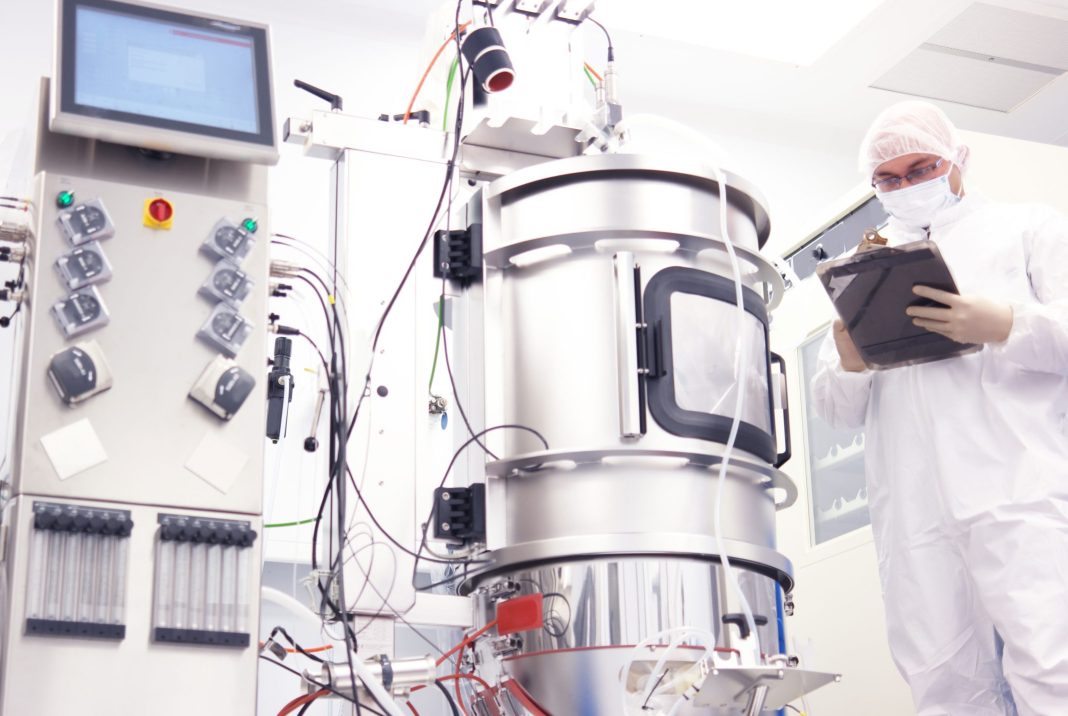Researchers at Queen’s University in Kingston, Ontario, Canada, are developing an alternative to nickel-nitrilotriacetic acid (Ni-NTA) to purify recombinant proteins. Because it uses common purification chemicals and doesn’t require additional cloning, it is a convenient, economic option for fast protein liquid chromatography (FPLC) purification.
This proof-of-principle research used immobilized polyphosphate (polyP) to bind to histidine-tagged proteins. It is effective within a pH range of 5.5 to 7.5, “maintaining binding efficacy even in the presence of reducing agent DTT and chelating agent EDTA,” the authors wrote in Protein Science.
Ni-NTA purifications typically are challenged by the potential for nonspecific binding of contaminants as well as by unpredictable binding caused by its varying affinity for polyhistidine tags on various proteins.
PolyP, however, is highly specific. Purification is possible without additional constructs or purification tags, and polyP can be dissociated from histidine-tagged proteins with a high-salt solution.
Post Ni-NTA purification
“Our new method is a complementary approach to Ni-NTA,” Zongchao Jia, PhD, professor, biomedical and molecular sciences, Queen’s University, stressed to GEN. “Similar to size exclusion and ion exchange, the new polyphosphate method offers further protein purification after Ni-NTA. For samples like mABs, which need to be extra pure, this new approach can be potentially useful.”
Jia and his team immobilized the polyP in an amine-activated agarose matrix and tested the consecutive binding power of the polyP-coupled resin using human protein MafB and yeast protein Snf1. Both proteins contain histidine.
Binding occurred between pH 5.5 and 7.5, but the highest binding occurred at pH 6.5. Subsequent experiments showed that binding was unaffected by DTT (which minimizes protein aggregation) or EDTA (which minimizes protein degradation) at concentrations below 20 mM.
Jia and colleagues reported that when used directly with E. coli. His-tagged proteins, the polyP resin degraded after three to four uses. Degradation probably was caused by small quantities of polyphosphates from bacterial lysates, they speculated. Likewise, the use of amine agarose resin resulted in nonspecific protein binding. Next, they used Ni-NTA to reduce the presence of the elements that degraded polyP.
“Notably,” they pointed out, “10x and 13x His-tagged proteins provided better purification compared to the 6x His tag for most proteins.” They also reduced polyP degradation.
When comparing polyP purification with that of FPLC size exclusion chromatography (SEC) using Ni-NTA, the highest and average purities with polyP were 96.8% and 86.8%, respectively, compared to 82.5% and 73.1% with SEC.
The average recovery yield, however, was higher using SEC (84.2%) than with polyP (75.5%).
“While effective, there is one major limitation,” Jia said. “The polyphosphate resin is unstable after repeated use.” A better matrix may improve stability.
When proteins are inadequately purified by Ni-NTA and when high purity is essential, the team concluded, “PolyP resin purification can serve as a robust and supplementary method for further protein purification post-Ni-NTA.”


